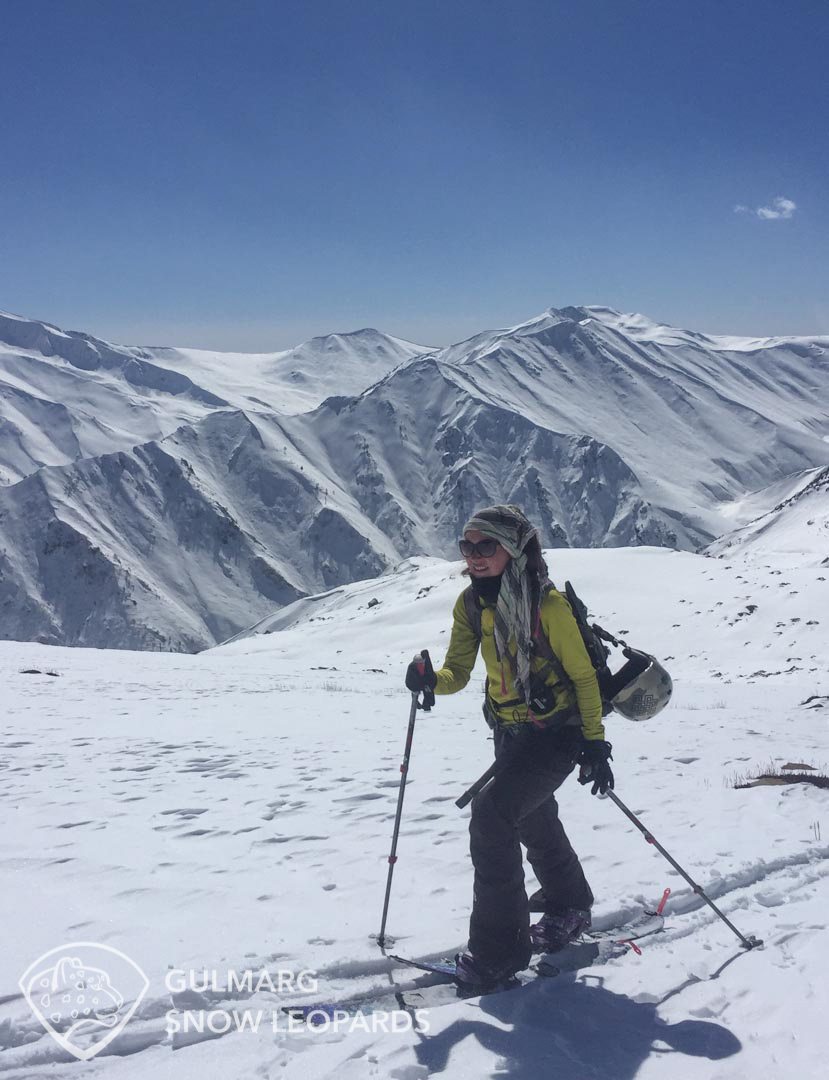Fit for the Himalaya

Fitness and Health
High-altitude skiing and snowboarding are physically and mentally demanding pursuits, requiring robust physical fitness, mental resilience, and patience. These are essential prerequisites to fully enjoy your experience and minimize the risk of acute mountain sickness (AMS).
TThis article does not provide medical advice or specific training programs but outlines key considerations for preparing physically and mentally for your ski or snowboard vacation in the Himalayas.
-
Physical Fitness
Skiing in the Himalayas demands excellent health and physical fitness. A good physical condition not only enhances the flexibility of your movements but also boosts your ability to engage in your chosen sport with confidence and ease. Preparing for a sports holiday in the Himalayas requires personal commitment and discipline. Skiing and snowboarding descents with vertical drops of up to 10,000 meters per day at altitudes exceeding 4,000 meters present a challenge even to well-trained individuals. Relying solely on "training by doing" may prove insufficient.
Without proper physical preparation, fatigue can set in quickly, increasing the risk of falls and accidents resulting in serious injuries. It is advisable to initiate a training regimen at least two months before your departure to strengthen and stretch your muscles and ligaments. For those planning to participate in a ski and snowboard program in Gulmarg, training these areas is recommended: strength, flexibility, and endurance.
Strength Training
Strength forms the foundation of athletic performance. Adequate strength is essential to cope with the demands of a full day of snow sports activities at high altitudes. It enables you to perform required movements with relaxation, coordination, and control, adapting swiftly to changing terrain conditions. Inadequate preparation can lead to rapid fatigue, particularly at high altitudes, from which recovery can be challenging.
Skiing and snowboarding place significant demands on leg strength, making it crucial to focus on training these muscle groups well in advance of your Himalayan trip. Various methods can be used to train leg muscles, such as taking the stairs instead of elevators in your daily life and incorporating short walks wherever possible. However, these simple routines may not be enough. Individuals, especially those who do not regularly exercise and are over 40, should establish their training routines to prepare for the trip.
The most effective approach to building strength is to walk and cycle in hilly terrain. Between my skiing and trekking expeditions in the Himalayas, I maintain my fitness with regular walks and mountain biking. Those who adopt a similar training routine can be confident that they have built up sufficient strength to enjoy many extended runs in deep powder snow.
Flexibility Training
Good flexibility is vital for injury prevention and is often overlooked. It is the ability to stretch muscles and ligaments as far as possible without placing excessive strain on the joints. As we age, our muscles become progressively less flexible, and joint mobility diminishes. Establishing a daily stretching routine in the morning is beneficial. For untrained muscles, ligaments, and joints, exposing them to high pressure can lead to adverse outcomes. Flexibility training is highly recommended.
Various methods are available for flexibility training, with many fitness centers offering specialized stretching programs for various sports. Yoga is an excellent choice for enhancing flexibility and stretching training. Whether through the sun salutation or more extended yoga sessions featuring various postures, incorporating yoga into your routine can significantly improve flexibility. Between my trekking and skiing missions, I engage in the sun salutation daily and participate in longer yoga sessions once a week.
Endurance Training
Endurance, the ability to sustain physical activity over extended periods without experiencing exhaustion, is crucial for enjoying snow runs in Gulmarg. You can improve your endurance in various ways, with walking being one of the most effective methods. With just three 30-minute sessions of "easy walking" per week in flat terrain, you can begin building your physical fitness.
Preparing for skiing in the Himalayas is distinct from preparing for a sports competition, but a certain degree of training is essential to fully appreciate a vacation that, for many, represents a "once in a lifetime" experience. The primary objective of endurance training is to become "Fit for the Himalayas." Believing that you can achieve the required level of fitness while in the Himalayas would be unrealistic.
Mental Fitness
The following points offer tips to help cultivate the appropriate mental attitude for your mountain adventure:
Positive Visualization
Positive visualization enables you to envision how you would respond when faced with challenges. This mental technique allows you to apply past experiences to potential future problems, fostering the right mindset for such situations. While the perceptions resulting from visualization cannot fully replicate reality, they significantly contribute to calm and rational responses in critical situations.
Critical Self-Assessment
Before embarking on your trip, conduct a candid and critical self-assessment. Evaluate your current fitness level, overall health, weaknesses, skiing or snowboarding skills, ability to handle unfamiliar or challenging situations, and capacity to manage group dynamics, among other factors. Following this self-analysis, seek out relevant information and advice to address identified issues. Honesty and a strong commitment to preparation are the best disciplines for ensuring both mental and physical readiness for a smooth trip to the Himalayas.
Optimism
Maintaining a determined attitude, where you are excited about turning your ideas and desires into reality, provides you with the energy needed to overcome potential obstacles. Traveling inevitably involves unforeseen details, but with a positive outlook, you can savor the journey.